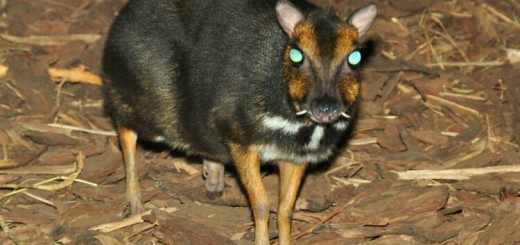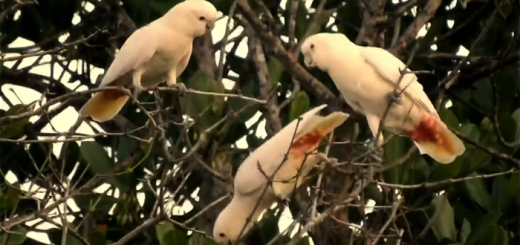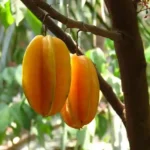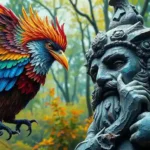Philippine Forest Dog – The Elusive Canine

Deep within the lush jungles and mountainous interiors of the Philippines, an elusive and enigmatic creature roams—a rare canid shrouded in mystery, known by many names but often referred to as the Philippine Forest Dog.
Philippine Forest Dog: A Rare and Wild Canine
Sometimes mistaken for a wild or feral domestic dog, is believed by researchers and local communities to be a unique, semi-wild species or subspecies of dog. Although not officially recognized as a separate species in global taxonomy, local reports and rare sightings suggest that this dog has distinct physical and behavioral characteristics that set it apart from common domestic breeds.
Origins and Habitat
Indigenous to the dense forests of the Philippines, especially in remote and mountainous regions like those of Luzon and Mindanao, these dogs have adapted to an arboreal and rugged lifestyle. While very little scientific data exists, anecdotal evidence from indigenous groups and forest dwellers suggests that the Forest Dog has been around for centuries, possibly descending from ancient dogs that lived in isolation on the islands.
Physical Characteristics
Descriptions of the Philippine Forest Dog vary, but many accounts note a small to medium-sized dog with:
- A lean, muscular build
- Pointed ears
- A short to medium coat, often dark or brindled in color
- Remarkably agile and silent movements
-
Interestingly, some reports claim that these dogs have climbing abilities unusual for canines, perhaps a product of adapting to forest life.
Behavior and Intelligence
Forest dogs are described as highly intelligent and extremely wary of humans, making them difficult to observe or study. Unlike feral dogs that scavenge near human settlements, these dogs are believed to hunt small prey in packs and avoid human contact altogether. Their intelligence and stealth have earned them a sort of legendary status among local hunters and forest guides.
In traditional Philippine folklore, creatures resembling the forest dog are sometimes seen as spiritual beings or forest guardians, adding to their mystique.
Conservation Concerns
With deforestation, urbanization, and habitat fragmentation increasing across the Philippines, the elusive Philippine Forest Dog may be under threat. Its unclear classification and rarity mean that it has received little formal protection or conservation focus. Furthermore, as hybridization with domestic dogs occurs, the genetic purity of any distinct forest-dwelling canids may be at risk.
The Philippine Canine Club, Inc. (PCCI) in collaboration with the Philippine Forest Dog Legacy Club, Inc. (PFDLC), is in the process of documenting and establishing the purity of the Philippine Forest Dog breed, hoping to be recognized by the Fédération Cynologique Internationale.
Some wildlife biologists and conservationists argue for more focused studies to determine whether the Philippine Forest Dog represents a new subspecies, a population of feral dogs adapted to the wild, or something entirely unique.
Philippine Forest Dog: Why It Matters
Whether it turns out to be a distinct species or a unique ecological variant, these forest dog embodies the rich biodiversity of the Philippines—a country with some of the highest rates of endemism in the world. Protecting its habitat not only safeguards this mysterious dog but also countless other species that rely on the forest ecosystem.
The Philippine Forest Dog remains one of the least-known canines in the world, cloaked in the dense foliage of the archipelago’s untamed wilderness. Its story is a reminder of how much we still have to learn about the natural world—and how important it is to preserve it.
As interest grows and more research is conducted, perhaps the secrets of this fascinating forest dweller will finally come to light.
References:
Wikipedia










